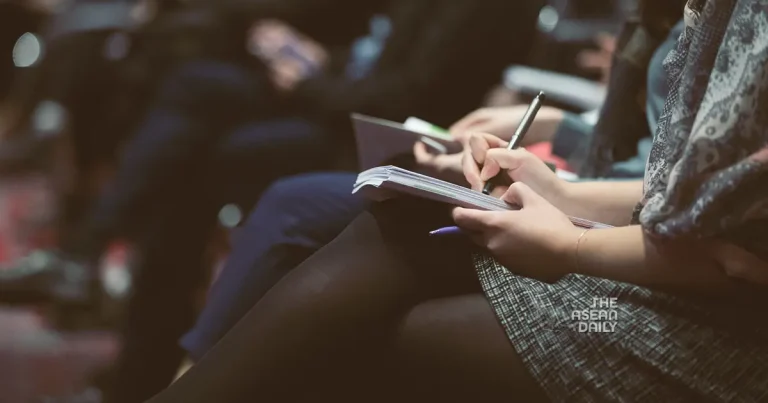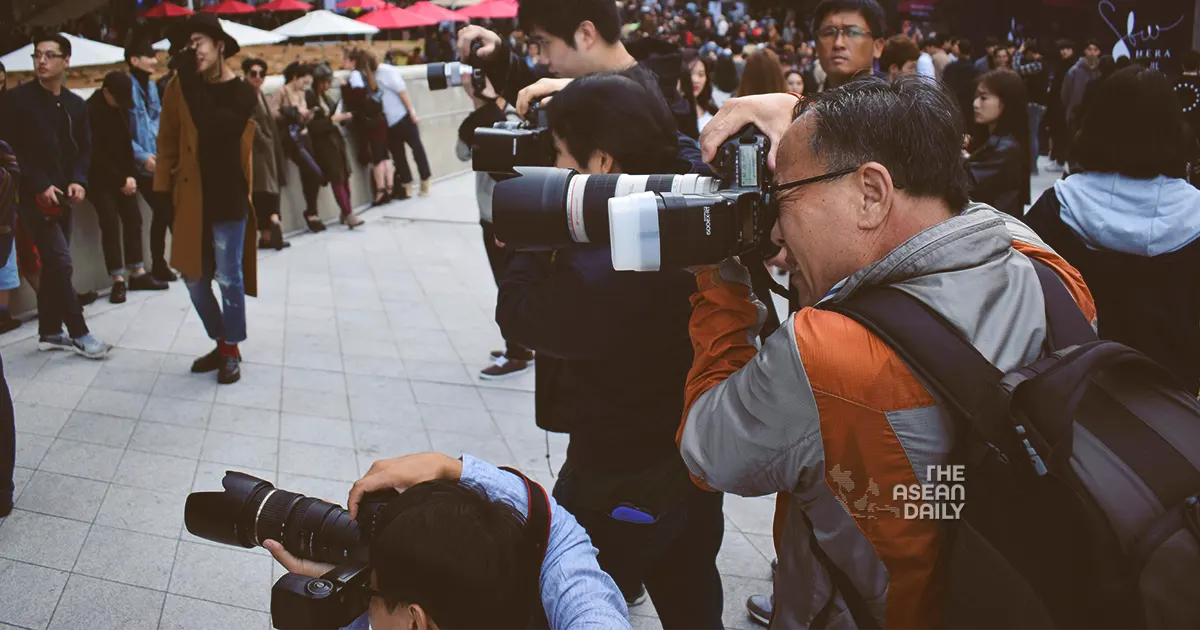1-3-2024 (HANOI) A growing number of journalists in Southeast Asia have been collaborating with Western media outlets and journalists in recent years, working as freelancers, part-timers or even full-timers. With the persisting problem of low pay in most Southeast Asian newsrooms, teaming up with Western organisations is seen by some as a chance to boost income. It also brings opportunities like honing English skills, expanding international networks and gaining knowledge, as well as raising one’s professional profile.
However, Southeast Asian journalists interviewed say they face difficulties working with predominantly Western newsrooms and colleagues, especially those from Europe and North America. Cited issues range from biased reporting and lack of local knowledge to expectations of cheap or even unpaid labour. But the journalists find it hard to vocalise these grievances due to the power imbalance and their precarious status as non-staff members.
With press freedoms shrinking across Southeast Asia, paired with the pandemic’s economic hit, publishing on sensitive issues while earning adequate pay is increasingly dicey. Vietnam epitomises these challenges. Censorship and self-censorship have clamped down hard, constraining local journalists from covering controversial topics. Writing for international outlets offers a chance at more leeway.
Lan Anh, 23, is a state-affiliated Vietnamese journalist who moonlights for several Southeast Asian publications. She sees it as a chance for better pay and to report on delicate issues impossible in state media due to censorship.
But her first experience collaborating with a British journalist in Singapore in mid-2023 faltered. Though appreciating the different perspective, Lan Anh felt shut out of shaping the story.
“They only wanted me to interview certain people because they have certain angles already,” she said.
More worryingly, some editorial decisions could endanger Lan Anh as a field reporter back home. For instance, the editor insisted on basing a story solely on a report by an international NGO based in Thailand about events in Vietnam. Lan Anh suggested adding Vietnamese government voices for balance, even if still fact-checking their claims. But the editor dismissed her proposal.
“In an article, if I only cited information from an international NGO without having any voice from the state, I would be in trouble,” she explained.
In Vietnam, news from non-state or international sources contradicting official narratives is branded “fake news”. Journalists risk harassment, intimidation or jail for reporting in opposition to state discourses.
With no convincing rationale why the NGO should be the lone source over domestic ones, Lan Anh withdrew and received no payment or byline for her work.
In general, Western media still dominates journalism concepts, reporting techniques and perspectives worldwide. Local journalists in Southeast Asia have little say, even when hired by Western outlets to cover their own region. Western editors and colleagues, usually foreigners, control the framing and publishing.
This power imbalance often leads to skewed coverage of Southeast Asia.
So-called ‘parachute journalism’ is another factor. This refers to Western media sending foreign correspondents to briefly report on a place with minimal local knowledge.
“The term evokes a vivid image: An out-of-towner arrives by air, perhaps without much preparation or knowledge. Upon landing, he or she does their best to manage local language, currency, transportation, and communication, all while likely nursing jetlag,” wrote Kevin D. Grant in Nieman Lab.
Yet the practice persists despite criticism. Lao journalist Somphone encountered ‘parachute’ journalists when a major story broke at home.
“When Lao activist Anousa Luangsuphom was shot, many Western journalists contacted me via LinkedIn,” she said. “None had covered Laos before. They just asked me for sources.”
She wondered why foreign journalists only reached out at controversial moments rather than making an effort to understand the country.
Sutawan Chanprasert of the Bangkok digital rights NGO Digital Reach said international actors often misunderstand Southeast Asian contexts, pushing agendas that ignore on-the-ground realities.
Lack of Local Knowledge
Multiple journalists said Western colleagues who hire them show limited grasp of local reporting conventions yet still push for Western-style practices.
Some Western outlets use local journalists as ‘stringers’ – freelancers paid per piece – to cover Southeast Asia. Some get a byline, some don’t.
Rebecca, 29, a Singaporean journalist, described when Western editors ordered her to quickly get government comments as a freelancer.
“In Singapore, the government will entertain media requests, so that’s not the issue,” she said. “The problem is expecting comments within a day or two when the typical lead time is two weeks or more without an existing relationship.”
Like Rebecca, senior Indonesian journalist Dewi fielded unrealistic demands from foreign bosses unfamiliar with local ways.
“When I had to interview Indonesian officials exclusively, they usually required an official letter from the media company requesting their time,” she said. “My editor thought it too cumbersome but this is standard here.”
After some persuading, the editor complied. “He now offered to write the letter,” Dewi said.
In Cambodia, securing statements from officials remotely is almost futile. Journalist Heang recalled an editor balking at covering her travel costs to interview authorities in person.
“In Cambodia, officials won’t entertain these requests via email or phone. You must go there yourself,” she said. “But the editor wouldn’t accommodate this, so I had to completely redo the story angle.”
Cheap and Unpaid Labour
Some Western journalists or outlets exploit local hires as cut-rate or even free labour, both overtly and covertly.
Thai TV journalist Ploy Wasinee described when an Italian radio reporter messaged her to discuss the youth-led Milk Tea Alliance online democracy movement.
The journalist seemed reluctant to interview Ploy directly, instead sending her text questions to answer in writing. During their exchange, it became apparent the reporter wanted Ploy to simply provide names of supposed leaders, not a nuanced perspective.
“She did not seem content with my responses and kept asking me if I could give her some names of those leading the movement,” Ploy said. “I don’t think she wanted my viewpoint, just the answer she already believed.”
This was one of many times Ploy felt Western journalists primarily saw her as a free information dispenser and contact provider. One in particular treated her as an “unpaid fixer”.
“I don’t mind sharing sources, but making connections takes work on my part,” she said. “These journalists are better paid than me and have more resources. Their outlets should pay local fixers.”
At a workshop hosted by a German outlet, Ploy interpreted Thai-English for free. They considered her work “volunteering” and gave her only a meal afterwards.
Some Western outlets also don’t offer Southeast Asian workers the same benefits as Western staff.
Bangkok-based journalist Sira interned full-time and unpaid for four months in 2021 at a major French media company – something impossible back home due to labour laws dictating paid internships. Yet she felt powerless to speak up as a local non-staff member.
Most times, Southeast Asian journalists swallow frustrations over unequal treatment for fear of losing access or prospects at Western outlets, which often still pay better than local media. Those working freelance also lack protections afforded to staff.
“I wanted to speak up, but it’s difficult. I still want to keep working for them because they pay better,” said Alina, a pseudonymous Southeast Asian journalist.
For now, the status quo still shields Western media while leaving Southeast Asian hires struggling to vocalise grievances due to lack of labour rights and discussion channels. But ignoring their voices risks continuing problematic practices.





